Benzene-1,2-dicarbaldehyde is subjected to Canizzaro reaction. Write the structure of the product formed after acidification.
To solve the problem of what products are formed when benzene-1,2-dicarbaldehyde undergoes the Canizzaro reaction and is then acidified, we can follow these steps:
Step 1: Identify the Structure of Benzene-1,2-dicarbaldehyde
Benzene-1,2-dicarbaldehyde has two aldehyde groups (-CHO) attached to a benzene ring at positions 1 and 2. The structure can be represented as follows:
O||C6H4−C−H|C−H|∣O
Step 2: Understand the Canizzaro Reaction
The Canizzaro reaction occurs with aldehydes that do not have alpha-hydrogens. In this case, benzene-1,2-dicarbaldehyde fits this criterion because both aldehyde groups are directly attached to the benzene ring and there are no alpha-hydrogens available.
Step 3: Reaction Mechanism
In the Canizzaro reaction, one molecule of the aldehyde is oxidized to a carboxylic acid, while another molecule is reduced to an alcohol. The reaction can be summarized as follows:
1. A hydroxide ion (OH-) attacks one of the carbonyl carbons (C=O) of the aldehyde, leading to the formation of a tetrahedral intermediate.
2. The tetrahedral intermediate collapses, resulting in the formation of an alcohol and a carboxylate ion.
Step 4: Products Formation
For benzene-1,2-dicarbaldehyde:
- One aldehyde group will be oxidized to form a carboxylic acid (specifically, 1,2-benzenedicarboxylic acid).
- The other aldehyde group will be reduced to form an alcohol (specifically, 1,2-benzenediol).
Step 5: Acidification
Upon acidification, the carboxylate ion will convert to a carboxylic acid. The final products after acidification will be:
1. 1,2-benzenedicarboxylic acid (C6H4(COOH)2)
2. 1,2-benzenediol (C6H4(OH)2)
Final Structures
- 1,2-benzenedicarboxylic acid:
O||C6H4−C−OH|C−OH|∣O
- 1,2-benzenediol:
OH∣C6H4−OH
Benzene-1,2-dicarbaldehyde has two aldehyde groups (-CHO) attached to a benzene ring at positions 1 and 2. The structure can be represented as follows:
The Canizzaro reaction occurs with aldehydes that do not have alpha-hydrogens. In this case, benzene-1,2-dicarbaldehyde fits this criterion because both aldehyde groups are directly attached to the benzene ring and there are no alpha-hydrogens available.
In the Canizzaro reaction, one molecule of the aldehyde is oxidized to a carboxylic acid, while another molecule is reduced to an alcohol. The reaction can be summarized as follows:
2. The tetrahedral intermediate collapses, resulting in the formation of an alcohol and a carboxylate ion.
For benzene-1,2-dicarbaldehyde:
- One aldehyde group will be oxidized to form a carboxylic acid (specifically, 1,2-benzenedicarboxylic acid).
- The other aldehyde group will be reduced to form an alcohol (specifically, 1,2-benzenediol).
Upon acidification, the carboxylate ion will convert to a carboxylic acid. The final products after acidification will be:
2. 1,2-benzenediol (C6H4(OH)2)
- 1,2-benzenedicarboxylic acid:
O||C6H4−C−OH|C−OH|∣O
OH∣C6H4−OH
Topper's Solved these Questions
- ALDEHYDES, KETONES AND CARBOXYLIC ACIDS BOOK - PRADEEPCHAPTER - ALDEHYDES, KETONES AND CARBOXYLIC ACIDS EXERCISE - COMPETITION FOCUS JEE (MAIN AND ADVANCED)/MEDICAL ENTRANCE SPECIEAL (ASSERTION-REASON TYPE QUESTIONS) Type - II
14 Videos
- ALCOHOLS, PHENOLS AND ETHERSBOOK - PRADEEPCHAPTER - ALCOHOLS, PHENOLS AND ETHERSEXERCISE - IMPORTANT QUESTIONS FOR BOARD EXAMINATIONS.
29 Videos
- APPENDIXBOOK - PRADEEPCHAPTER - APPENDIXEXERCISE - MODEL TEST PAPER <br> (Section C )
15 Videos
Similar Questions
Knowledge Check
The correct structure of the product A formed in the reaction
 A
A B
B C
C D
D
The correct structure of the product 'A' formed in the reaction
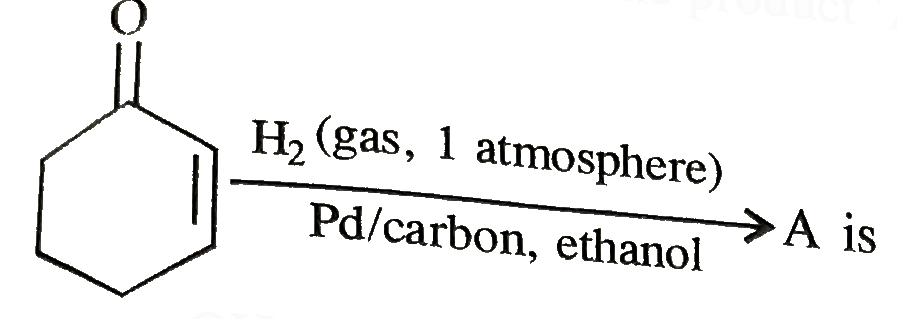 A
A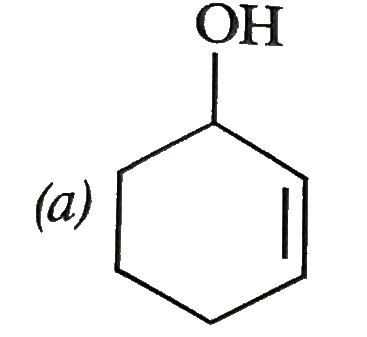 B
B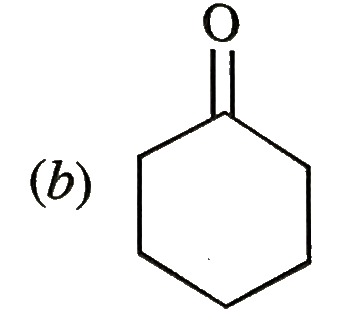 C
C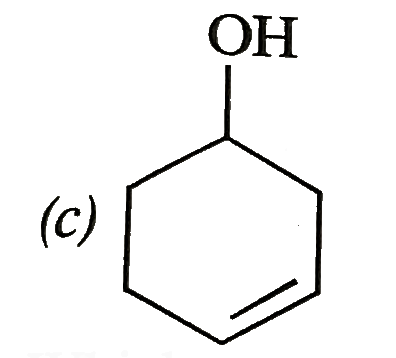 D
D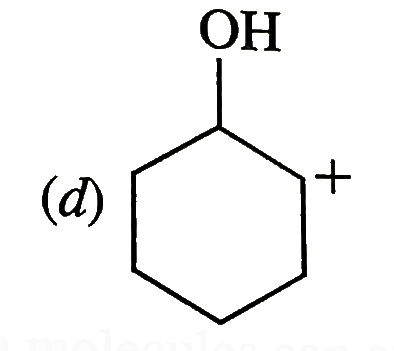
The structure of the product formed in the reaction given below is :
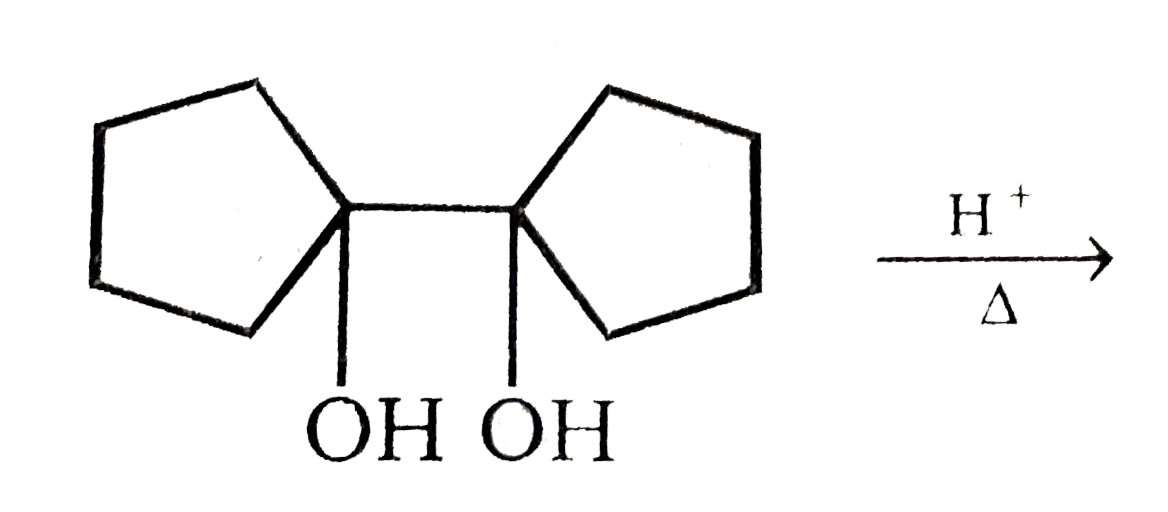 A
A B
B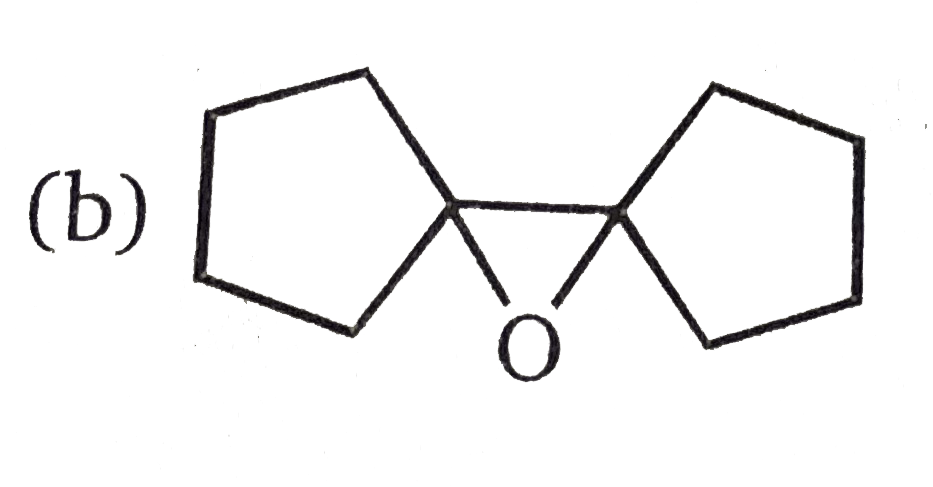 C
C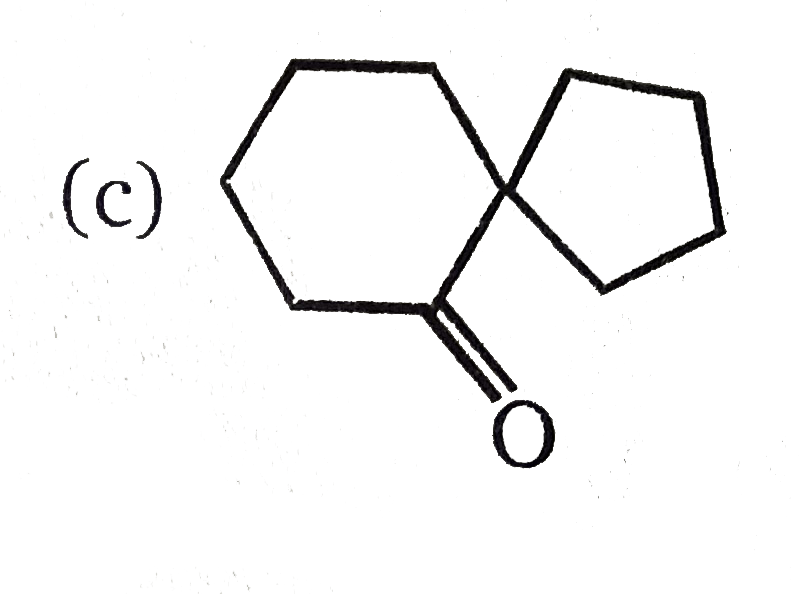 D
D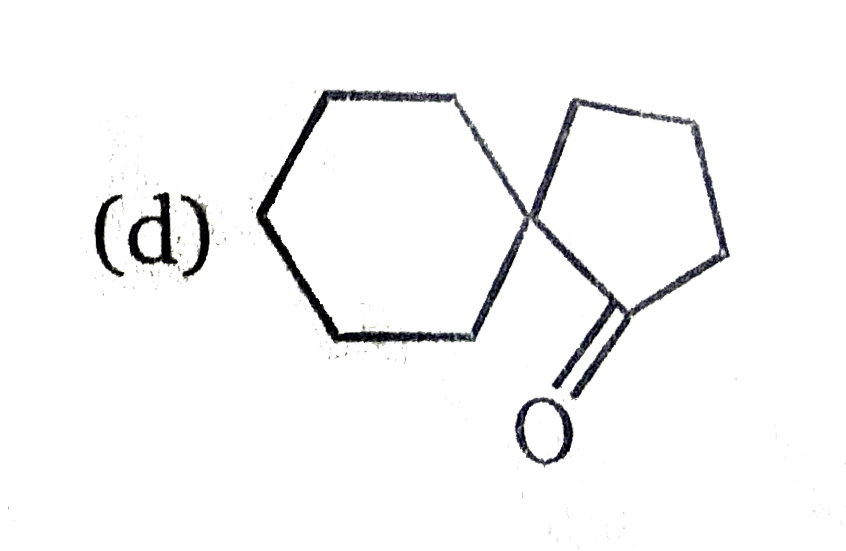
Write the structures of the main products in the following reactions
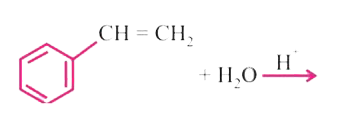
View SolutionWrite the structures of the main products in the following reactions
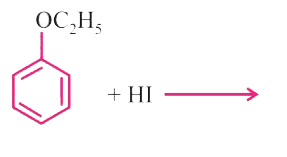
View SolutionWrite the structures of products of the following reactions,
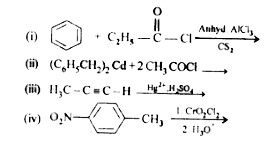
View SolutionWrite the structures of the main products of the following reactions.
<imga≤ocr_imageload∈g=lazysrc=https://d10lpgp6xz60nq.cloudfront.net/physics_images/SKM_COMP_CHM_V02_XII_13_1_S01_109_Q01.pngwh=80%mx-autosty≤=background:white;>
View SolutionWrite the structures of the main products in the following reactions :
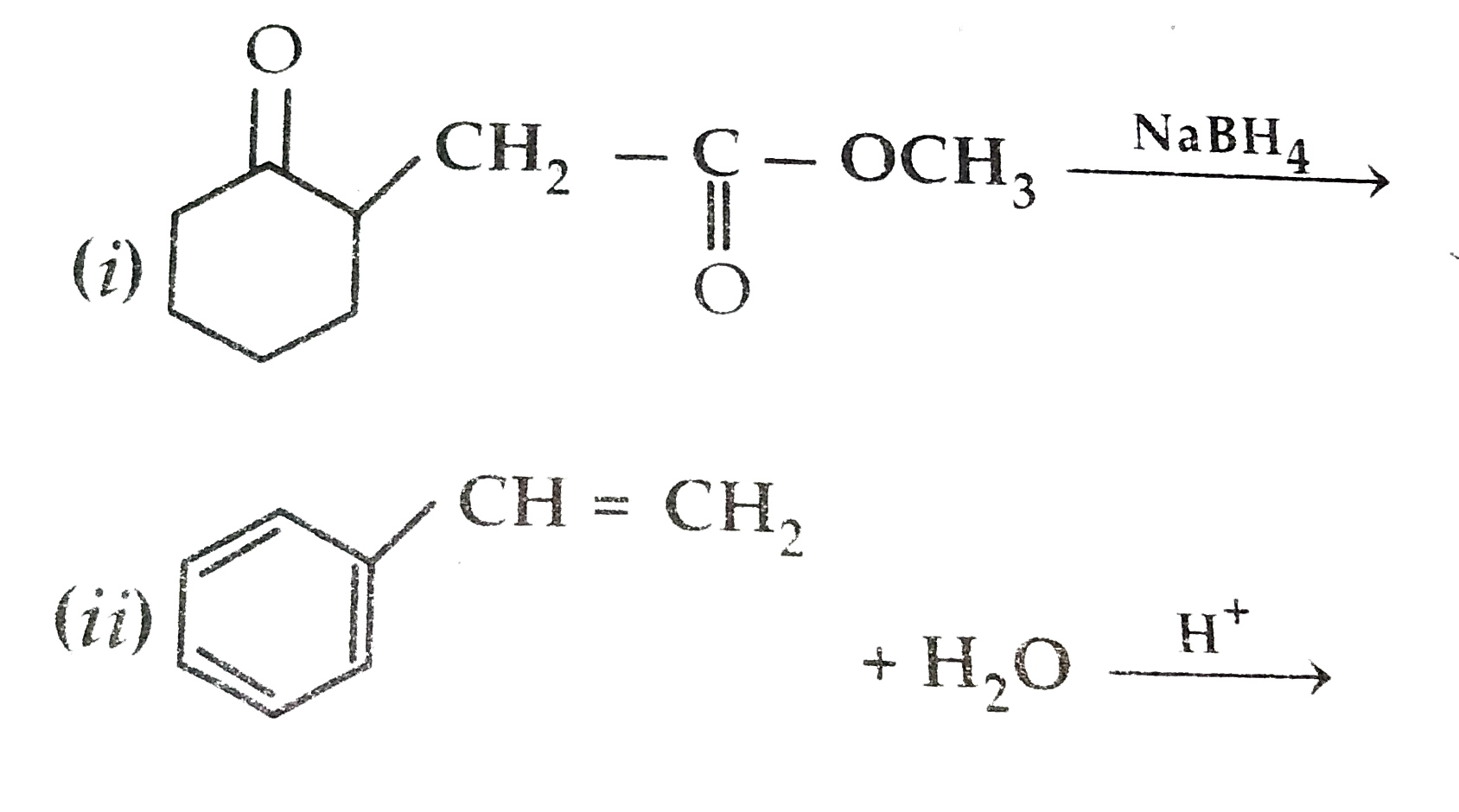
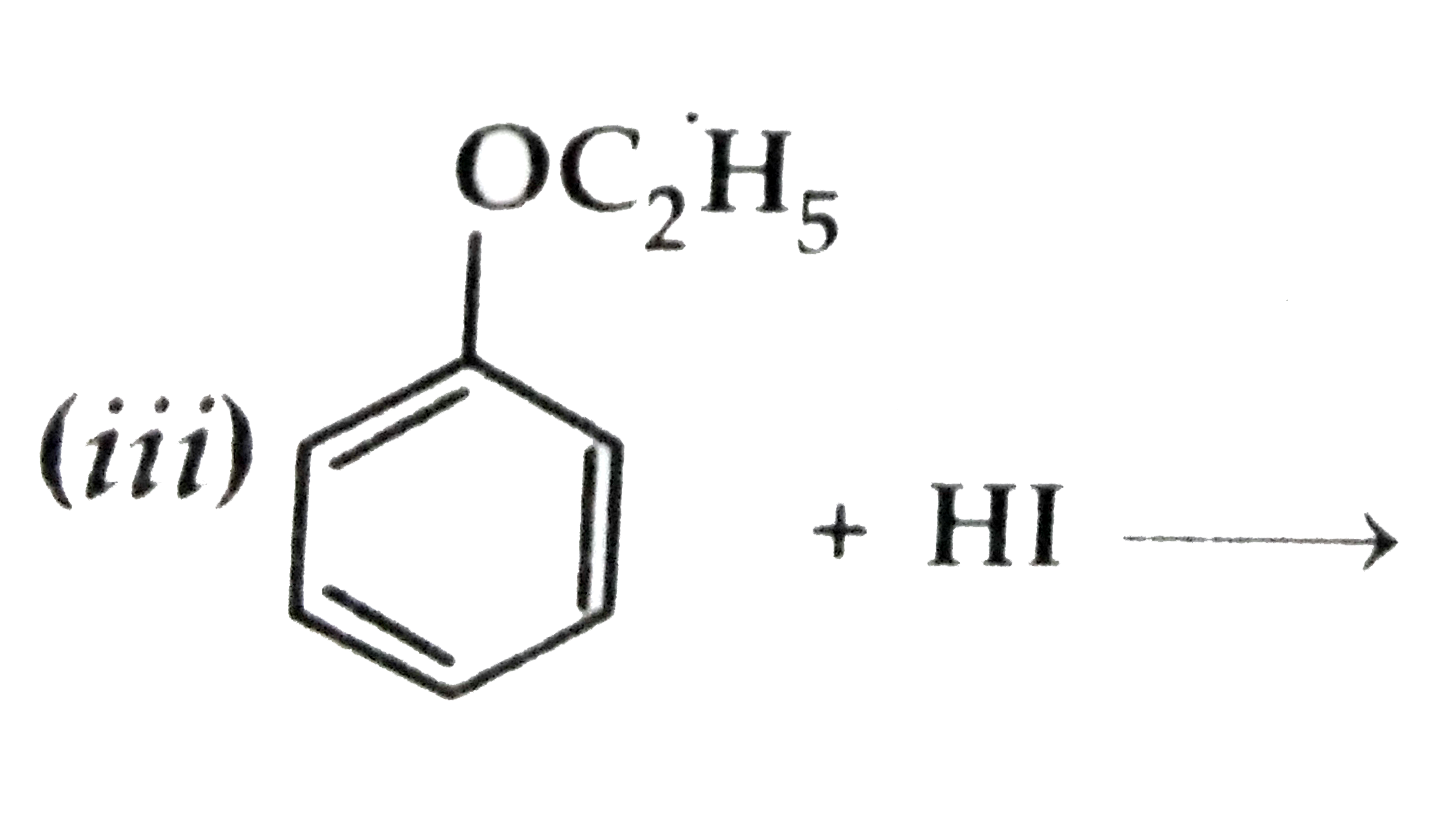
View Solution

_E01_259_Q01.png)
